Date: 2 November 2006
Only recently, work aimed at transforming the headquarters of the Swiss pharmaceutical company Novartis, located in the north of Basel, into an extremely modern research campus, commenced. The long-term planning calls for the gradual replacement of the existing research, manufacturing and administrative buildings.
The “Forum 3” office building ranks as the very first building block in this ambitious project. The glassy new building was conceived by the renowned Basel based architects Diener + Diener and of-fers five floors of open office landscape for approximately 400 employees. On the north and south sides, walkable loggias were integrated into the facade. To the west, a winter garden that con-tains many exotic plants rises up four stories.
The highly complex outside mantle consisting of colored glasses that are stacked on top of each other can be considered to be the main attention-getter. These glasses surround the structure with its 735 square meters of space much like a colorful dress. The unique relief that hangs in front of what is actually the glass fa-cade was designed and installed by the Swiss painter, Helmut Federle, together with the Austrian architect, Gerold Wiederin. The intense colors are intended to remind people of the begin-nings of the chemical industry that began in Basel with dyestuffs.
To achieve the hovering, nearly immaterial expression of the in-stallation, a total of 1,200 plates of glass in more than 20 different color shades and rectangular formats were inserted into three dif-ferent vertical layers. From both the inside and the outside, the facade resembles an over-sized water color painting. Its colors vary from blue, dark blue, light blue, green, red, violet, gray to yel-low, depending on the incident light and the viewing angle. The frequent overlapping of various layers and the mixed color shades that result serve to increase the colorfulness even more. The solid-colored color glasses used, ARTISTA® and IMERA®, are known for their impressive intensive colors that stage interesting color plays, particularly when the sun is shining.
The relief basically consists of a laminated glass that is composed of a 10 mm white glass (thermally tempered) and an approxi-mately 3 mm (thermally hardened) SCHOTT color glass up to a size of approx. 400 x 150 cm. “Because this was one of the larg-est architectural glass orders we have ever received, this project presented us with a major technological challenge from the very beginning,” says Udo Ehlers, Sales Manager for Architectural Glass. “After all, these plates had to be three times longer than the glasses that we normally produce,” he adds.
The problem was solved using the laminate technique. Here, sev-eral smaller sheets of the solid-colored glass were placed on top of a base glass pane made of white glass and “affixed” (experts use the term “butted”), until the required glass format was achieved.
The construction of the facade was planned by Emmer Pfenniger Partner AG from Basel and executed by Schmidlin AG Fassaden-technologie from Aesch. Their work proved to be just as challeng-ing as manufacturing the glasses. With the ambitious demands of the architects in mind, the planners developed a unique facade support concept that was then subjected to wind tunnel testing. It calls for the entire glass structure to be held by steel tension rods that were installed between the various panes on three levels.
Each of the various plates are point-mounted at up to eight differ-ent positions using short cantilevers that are affixed to the tension rods using tool holders. The different spatial positions, sizes and thicknesses of the glass panes made it necessary to custom manufacture many of the system components, yet another major challenge.

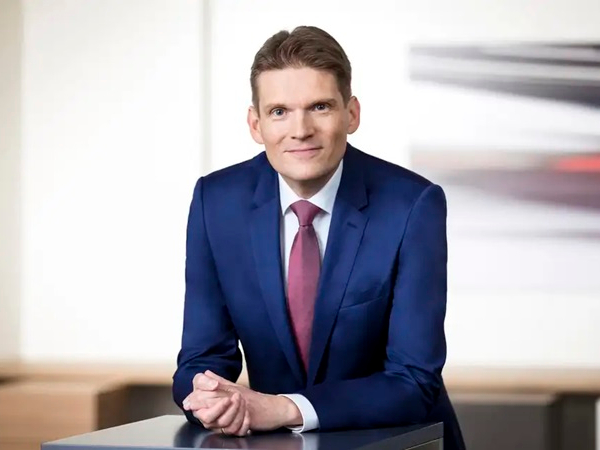
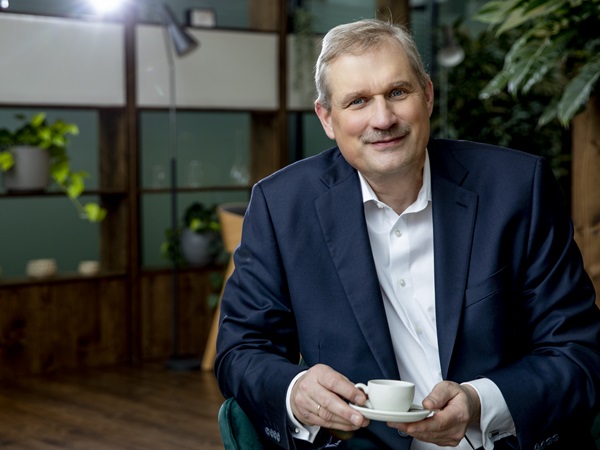

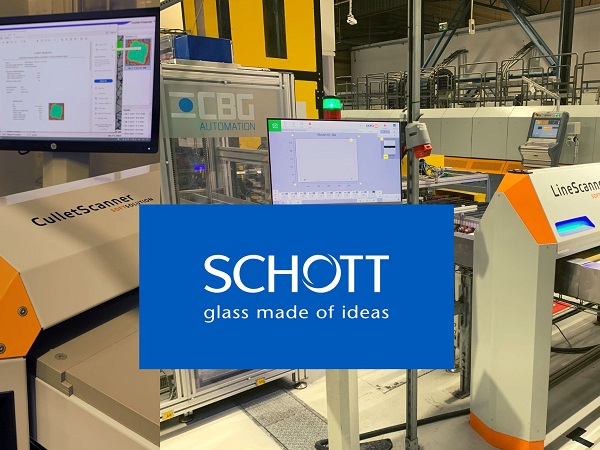
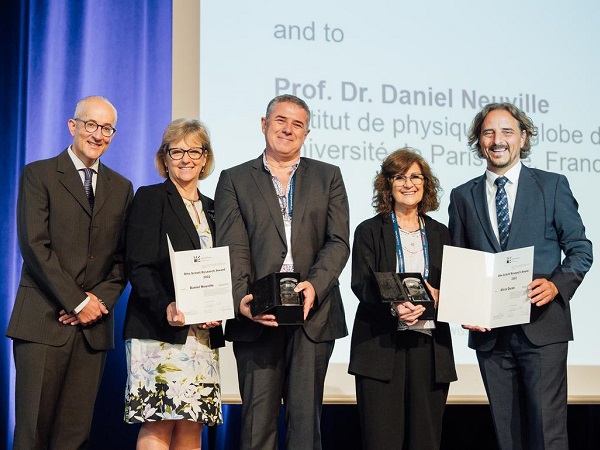
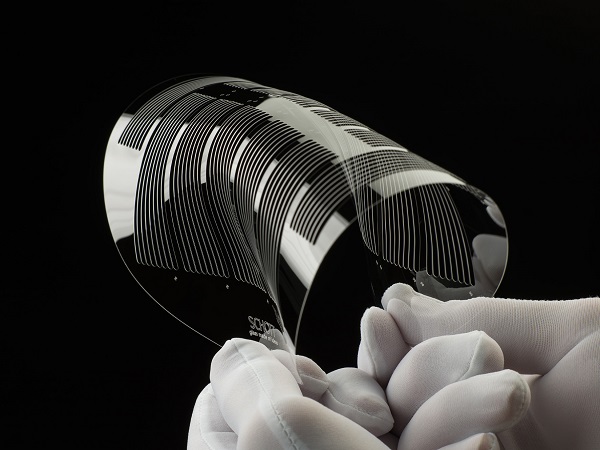
Add new comment